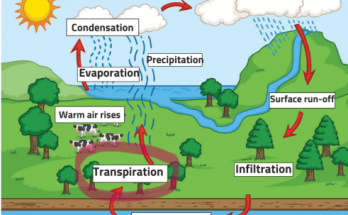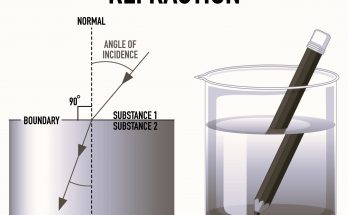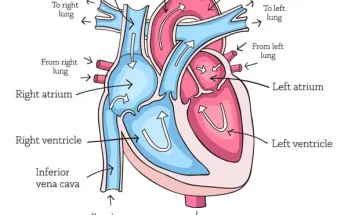Class 10 Science- Chapter 1- Chemical Reactions and Equations- Formation of Slaked Lime
The Formation of Slaked Lime activity in the chemistry curriculum of Class 10 showcases a combination reaction where calcium oxide (quicklime) reacts with water to form calcium hydroxide (slaked lime). This is a critical process in the construction industry for making mortar and plaster.
Class 10 Science- Chapter 1- Chemical Reactions and Equations- Formation of Slaked Lime Read More

